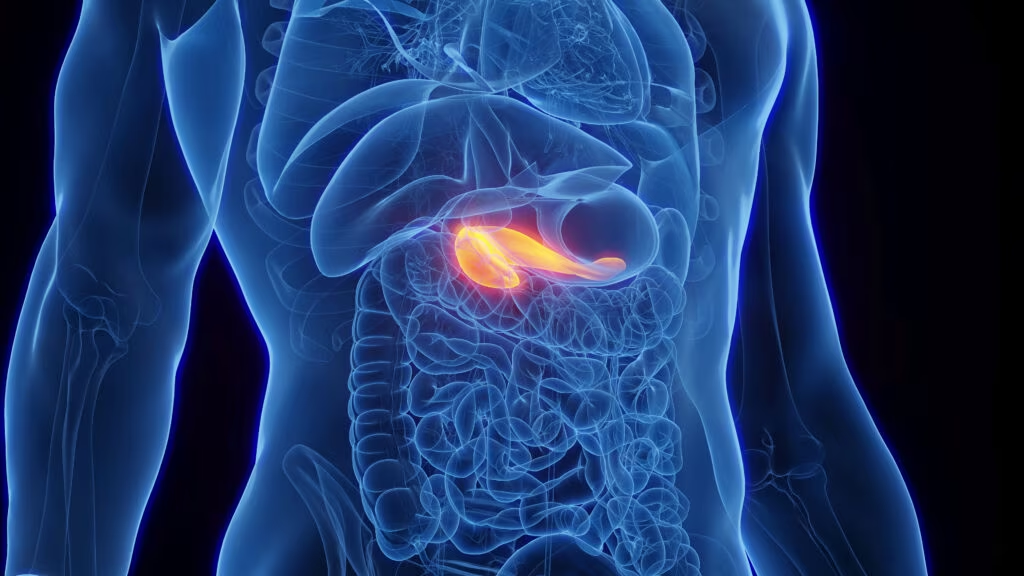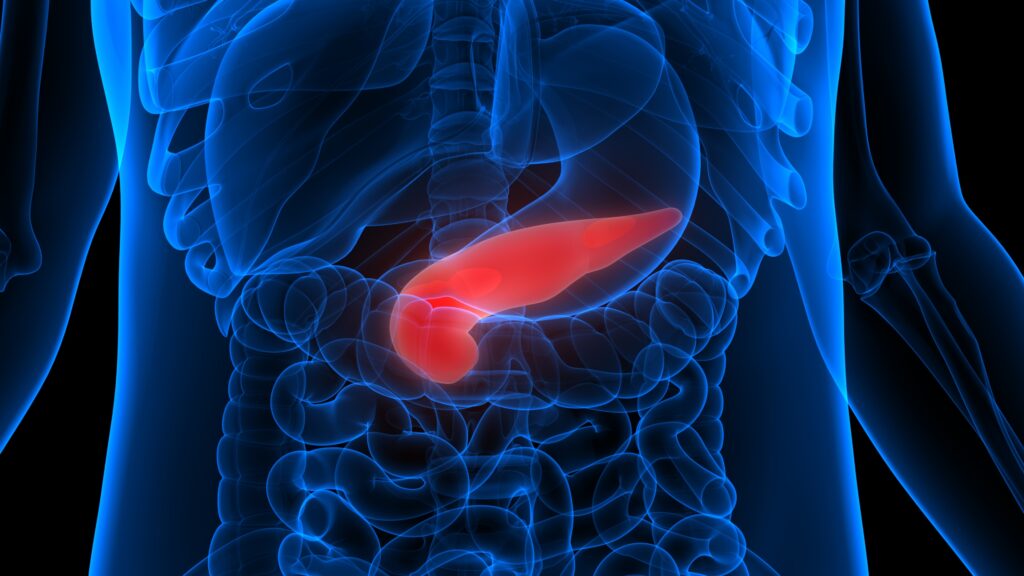Search Results
Showing Results for continuous glucose monitoring

Dr Mary Ellen Vajravelu, MD, MSHP, is a paediatric endocrinologist and assistant professor of paediatrics and epidemiology at the University of Pittsburgh School of Medicine. Her clinical and research work focuses on paediatric obesity, insulin resistance, and type 2 diabetes. A ...

We are pleased to present the latest issue of touchREVIEWS in Endocrinology, which offers a timely and thoughtprovoking collection of articles that reflect both the continuity and evolution of diabetes and metabolic disease research. In an era where technology, public ...

A multidisciplinary team and a patient advocate discuss best practices for insulin therapy in T2D





Coronavirus disease 2019 (COVID-19) is a life-threatening infection caused by severe acute respiratory syndrome coronavirus 2 (SARS-CoV-2).1 Diabetes mellitus is one of the most frequent comorbidities, related to hospitalization due to SARS-CoV-2 infection, as well as a risk factor for disease severity, ...

ATTD 2025 showcased 36 startups revolutionizing diabetes care with innovations like non-invasive monitoring, AI diagnostics, and real-time health tools. Awarded grants highlighted ATTD’s commitment to advancing personalized, tech-driven solutions that empower patients and transform global diabetes management.

The 17th ATTD Conference (Amsterdam, 19–22 March 2025) showcased major innovations in diabetes care. The 15-day Dexcom G7 CGM proved accurate and user-friendly. The RADIANT trial showed Omnipod® 5 significantly improved glucose control over injections in type 1 diabetes. In type 2 diabetes, the 2IQP Study highlighted benefits of AID systems. Teplizumab also showed potential to enhance glycaemic stability in newly diagnosed type 1 diabetes, reinforcing the role of technology and immunotherapy in advancing diabetes management.

Diabetes is a chronic disease associated with both acute and chronic complications. Many advances have been introduced throughout history to address these problems. While each clinical breakthrough was welcomed with relief and the expectation that a solution had been discovered, ...

Dry eye disease (DED) is known as dry eye syndrome (DES) or keratoconjunctivitis sicca. According to the Tear Film and Ocular Surface Society’s Dry Eye Workshop II (TFOS DEWS II), it constitutes a multifactorial disease of the ocular surface, ...

The prevalence of diabetes during pregnancy is rapidly increasing. In the USA alone, an estimated 1–2% of pregnant women have type 1 diabetes (T1D) or type 2 diabetes (T2D), and an additional 6–9% develop gestational diabetes.1 From 2000 to 2010, the prevalence of gestational ...

Three experts in diabetes care discuss the benefits of CGM in T2D and how to overcome barriers to CGM uptake.





Tirzepatide is a first-in-class novel dual glucose-dependent insulinotropic peptide (GIP)/glucagon-like peptide-1 (GLP-1) receptor agonist (twincretin), formulated as a synthetic peptide containing 39 amino acids based on the native GIP.1 Tirzepatide has a GIP receptor-binding affinity comparable with native GIP and ...

The incidence of diabetes has increased in recent years, and advances in technology have allowed for multiple ways to predict the outcomes of patients with diabetes, and have improved quality of life and lowered morbidity and mortality.1 For decades, glycated ...

The American Association of Clinical Endocrinology (AACE) recently released a comprehensive and updated guideline on the prevention and management of diabetes.1 The guideline is aimed at assisting healthcare professionals in delivering person-centred optimal care at different phases of diabetes. The ...

Diabetes affects an estimated 537 million adults and was responsible for 6.7 million deaths in 2021, worldwide.1 The International Diabetes Federation estimates that 3 out of 4 adults with diabetes live in low- and middle-income countries.1 Southeast Asia alone accounts for 90 million patients, of whom ...

Insulin remains an important diabetes treatment, with 150–200 million people worldwide requiring insulin therapy.1 While insulin is vital for managing type 1 diabetes, basal insulin is typically recommended for type 2 diabetes when non-insulin therapies are not enough to achieve glycaemic targets.2 Several ...

Type 2 diabetes mellitus (T2DM) is a severe public health issue notably impacting human life and health expenditure. Around 9.3% (463 million people) of the global population were living with diabetes in 2019, and this is projected to increase to 10.2% (578 million people) by 2030 ...

Welcome to the latest edition of touchREVIEWS in Endocrinology, which includes a broad range of articles selected for their evaluation of current practices and research that directly affect endocrinologists as well as being of interest to the wider biomedical community. ...
Latest articles videos and clinical updates - straight to your inbox
Log into your Touch Account
Earn and track your CME credits on the go, save articles for later, and follow the latest congress coverage.
Register now for FREE Access
Register for free to hear about the latest expert-led education, peer-reviewed articles, conference highlights, and innovative CME activities.
Sign up with an Email
Or use a Social Account.
This Functionality is for
Members Only
Explore the latest in medical education and stay current in your field. Create a free account to track your learning.

